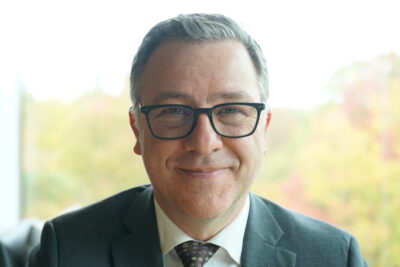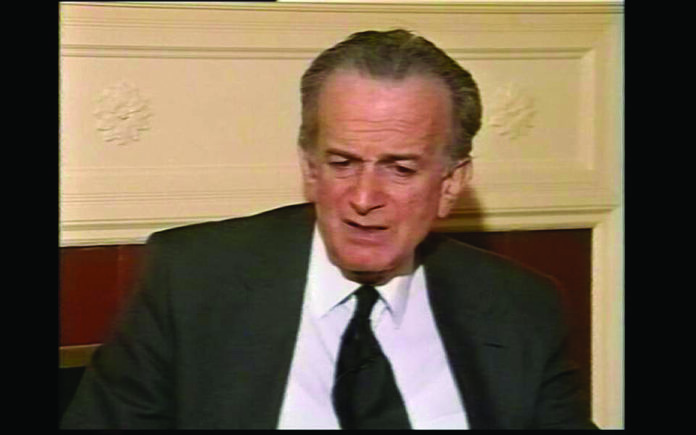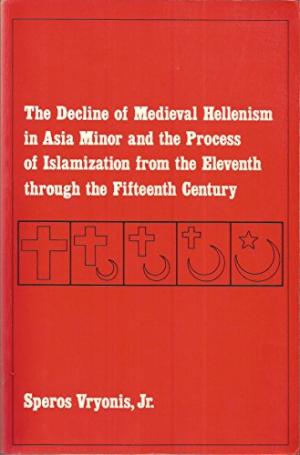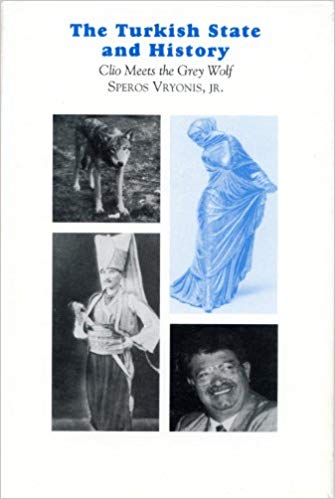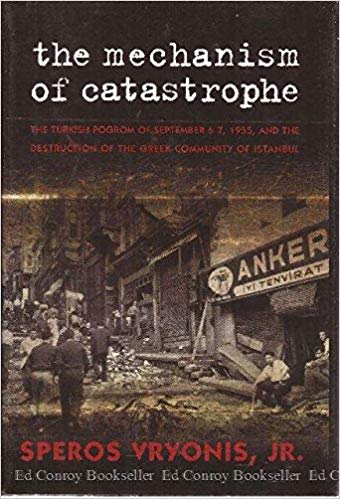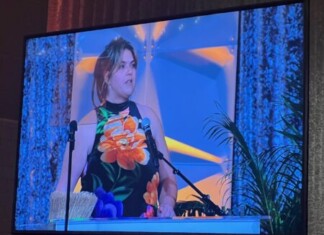SACRAMENTO, Calif. – Eminent Byzantinist and historian Dr. Speros Vryonis, Jr. passed away on March 11 peacefully in his sleep at the age of 90.
Vryonis wrote extensively on Byzantine, Balkan and Greek history. Secondarily, he contributed to the advancement of Armenology through his research in Byzantine history, his unwavering stand against shoddy scholarship and the distortion of history, and his personal participation in the institutional development of Armenian studies.
Incongruously, or at least unexpectedly, combining a Southern twang and courtesy with ancient Greek aphorisms, Vryonis was witty and gregarious. He had the lean physique of a man who used to enjoy boxing and playing basketball. Vryonis admired both physical and mental prowess. He was loyal to a fault to his friends and his students. I had the honor and pleasure of being one of the latter in graduate school at the University of California, Los Angeles (UCLA), where he was a popular lecturer. An eloquent speaker, he had a great sense of humor, sprinkling his lectures with jokes, including Nasreddin Hoja anecdotes, and spotlighting some of the eccentric figures who pop up here and there in Byzantine history.
He was born in Memphis, Tenn. in 1928, where his Cephalonian father ran his bakery and meat plant. Though there were few Greek families there, Vryonis became interested in Greek history, and graduated Southwestern College (now Rhodes College) in 1950, majoring in ancient history and Classics. He went to Harvard University for his doctorate on Byzantine history, which he received in 1956, and later taught there. At Harvard, he was a colleague and friend of Drs. Avedis Sanjian (1921-1995), a specialist in Armenian studies, and Ottomanist Stanford Shaw (1930-2006).
When UCLA began expanding its Near Eastern program, it first recruited Vryonis, and then Sanjian and Shaw. Vryonis came in 1960. He served as the director of the G. E. von Gunebaum Center for Near Eastern Studies in 1972-75 and 1979-82. Vryonis held the Chair of Medieval and Modern History at the University of Athens from 1976 to 1979. He left UCLA for New York University to become the first director of the Alexander S. Onassis Center for Hellenic Studies from 1988 to 1993.
Vryonis did post-graduate work at Dumbarton Oaks Research Library and Collection in Washington and later provided advice for it on Byzantine studies as a Senior Fellow from 1985 to 1991. He served from 1996 to 2000 as director of the Speros Basil Vryonis Center for the Study of Hellenism near Sacramento, which was named after Vryonis’ eldest son after the latter’s death in 1986. The library was transferred to Sacramento State University in 2002 after the closure of the center. Vryonis was an indefatigable collector of books and periodicals, and periodically sold or donated his collections as far afield as Australia (to the National Library of Australia) .

